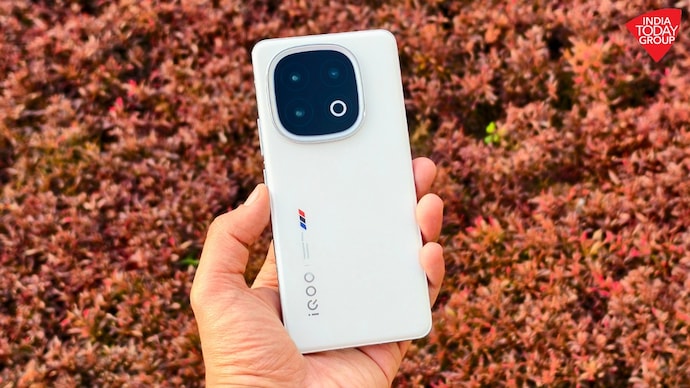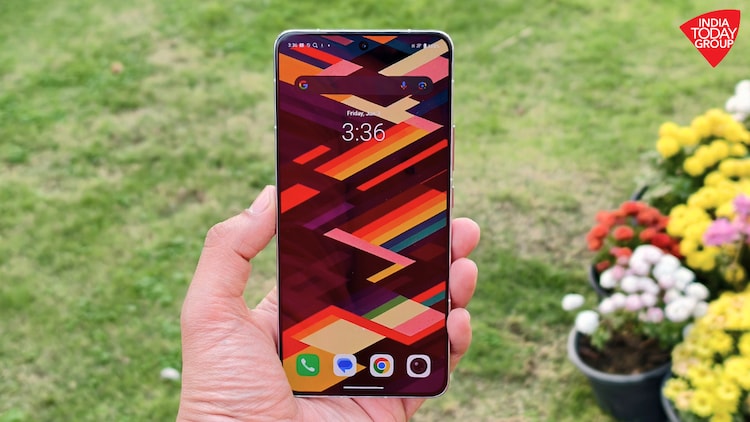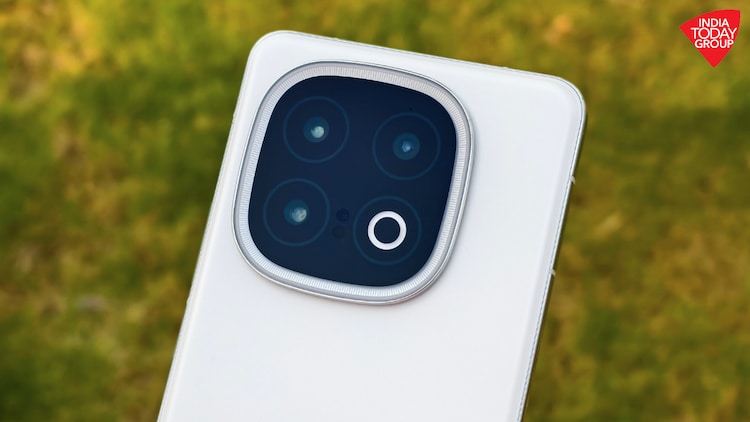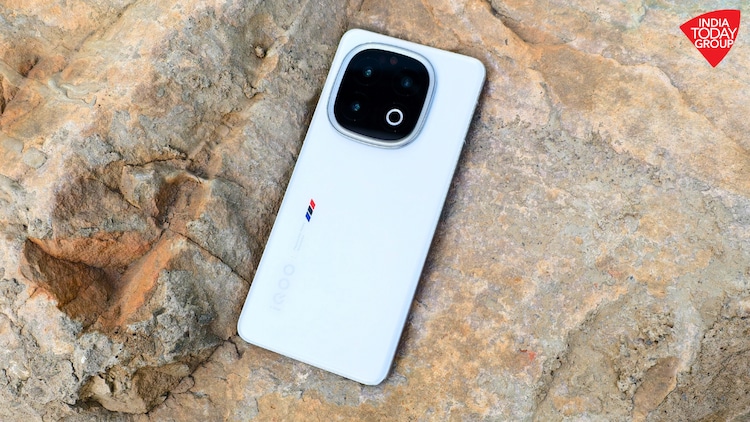Snapdragon 8 Elite for just Rs 55,000: Is the iQOO 13 really that good?
The iQOO 13 looks really great, considering it’s a flagship device that costs thousands less than its competitors. But is it really a disruptive force in the market, or is there more to the story?
listen to the story

Of all the latest flagship phones that have arrived or are about to arrive, the iQOO 13 stands out, especially when you take into account the price to performance ratio. For starters, this phone sells in the sub Rs 60,000 price segment in India. But, don’t be put off by the price, as this phone has what it takes to go head to head with premium offerings from Apple and Samsung. The base variant of this phone with 12GB RAM and 256GB storage is priced at Rs 54,999. It packs the latest Snapdragon 8 Elite chipset – the same processor that is expected to power the upcoming Samsung Galaxy S25 series. At first glance, the iQOO 13 seems almost too good to be true, a flagship device that costs thousands less than its competitors. But is it really a disruptive force in the market, or is there more to the story?
Let’s start with the elephant in the room. The Snapdragon 8 Elite is Qualcomm’s top-tier offering, promising great performance, good energy efficiency and better AI processing capabilities compared to the 8th Gen 3 chip. On the iQOO 13, this processor is paired with 16GB of RAM and 512GB of UFS 4.0 storage. So, whether you’re gaming, multitasking, or pushing the phone to its limits with resource-heavy apps, the iQOO 13 handles it all with ease. And this is where the comparison with the Galaxy S25 series becomes interesting. Samsung’s next-generation flagship is rumored to feature the same Snapdragon 8 Elite, but the base model may start around Rs 80,000, with the Ultra variant expected to cost more than Rs 1.5 lakh. The question naturally arises – why pay almost double for essentially the same basic performance?

Of course, raw power isn’t the only metric for a great smartphone. Features like display quality, camera, battery life and design are equally important. Here, the iQOO 13 does not disappoint. Its 6.82-inch AMOLED display, with a stunning 144Hz refresh rate and a maximum brightness of 4,500 nits, is a visual treat. Watching videos, scrolling through social media or gaming feels very seamless. While devices like the Galaxy S25 Ultra are expected to offer similarly impressive displays, they don’t have any significant edge – at least not enough to justify such a huge difference in price.
Then there’s the camera setup. The iQOO 13 comes with a triple-camera system consisting of three 50-megapixel sensors. In an era where many phone makers have moved to Sony’s LYTIA sensor, the iQOO 13 is based on the Sony IMX921 sensor for the main camera. Considering its price, this phone can also shoot videos up to 8K. Even the 32-megapixel front-facing camera, which supports 4K video recording, punches above its weight. For example, the Galaxy S24 Ultra, and its camera setup headlined by a 200-megapixel primary snapper, may win on numbers alone when it comes to photography, or honestly, it may even win in most scenarios. Is. But how much difference will it make to the average user? Most of us post photos on social media, and the iQOO 13’s camera is capable of delivering eye-catching shots.

Battery life and charging are other areas where the iQOO 13 shines. It has a large 6,150mAh battery, which easily lasts the whole day even with heavy usage. Even better, 120W fast charging – and yes, you get a 120W charging brick in the box – means you can go from zero to full charge in about 30 minutes. For someone like me who’s always on the go, this kind of fast charging is a lifesaver. This kind of fast charging is also one of the major reasons why the OnePlus 12 was my daily driver in 2024, unlike the likes of the Galaxies or iPhones.
But, coming back to the iQOO 13, and what really sets it apart is that it is packed with premium features without cutting corners. You get stereo speakers, an ultrasonic in-display fingerprint scanner, connectivity options like Wi-Fi 7 and Bluetooth 5.4, and IP68 water and dust resistance – you name the features, and it’s probably on the iQOO 13. All this while managing it features a sleek, durable design, with a glass back and a shiny aluminum frame. These are features that many high-end flagships talk about, yet iQOO offers them at a relatively low price.
Now, all this raises an important question – why is the iQOO 13 priced so low for a flagship phone? Of course, one might suspect something is missing, but after using the device for a while, I’ve honestly struggled to find any major compromises. Perhaps the answer lies in iQOO’s aggressive pricing strategy, which was the case with the iQOO 12 as well. By offering top-tier specifications at an accessible price, iQOO clearly aims to disrupt the dominance of companies like Samsung, Apple or even OnePlus.
Of course, no phone is perfect. The iQOO 13 lacks the extensive ecosystem integration that brands like Samsung and Apple excel at. If you’re someone who is deeply involved in the Galaxy ecosystem with devices like the Galaxy Watch or Galaxy Buds, a high-end Samsung Galaxy may still be more useful to you. Similarly, Apple’s ecosystem is completely different, and the iPhone’s seamless connectivity with Macs, iPads, and AirPods is something that has been hard to replicate even for brands like Samsung, let alone iQOO.

So, is the iQOO 13 too good to be true? Well, for those who prioritize value for money, the iQOO 13 is worth considering. This challenges the notion that a flagship smartphone should be priced above Rs 80,000. This device is a clear example of the fact that you can still buy a flagship smartphone with great features without burning a hole in your pocket.





